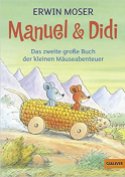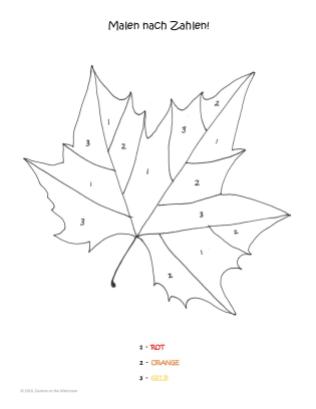Singing this classic children’s song is a great way to teach my pre-k/kindergarten classes about body parts.
I like to back into the song, teaching the parts of the face first. It’s nice to repeat these a number of times, because they only show up in the song one time, while the others repeat three times!
- Augen (eyes)
- Ohren (ears)
- Nase (nose)
- Mund (mouth)
We repeat those a couple of times. Then I point to them on me in a random order and ask if it is X? First I do it right, then I start to make “mistakes” 🙂 For example, I point to my nose and say: “Ist das die Nase?” They all say: “Jaaaaaa!” But later I’ll point to my eyes and say: “Sind das die Ohren?” Most of the children recognize the mistage and say: “Nein!”
Then we move on to the bigger body parts:
- Kopf (head)
- Schulter (shoulders)
- Knie (knees)
- Fuß (foot)
Once we have the vocabulary down, we sing the song! We usually start seated and then sing it again standing. This year we repeated the song one last time at the end of the lesson. It was a nice way to reinforce it. And next week, those facial features will come in handy when we start making our Kürbislaternen (Jack-o-Lanterns)!
It’s also fun to read Eric Carle’s book Von Kopf bis Fuß (From Head to Toe) with this lesson.
I always send home a coloring page for the children. Here is one with all 8 body parts. You can download it for free below!






























